How to Grow Broccoli? Is broccoli easy to grow?
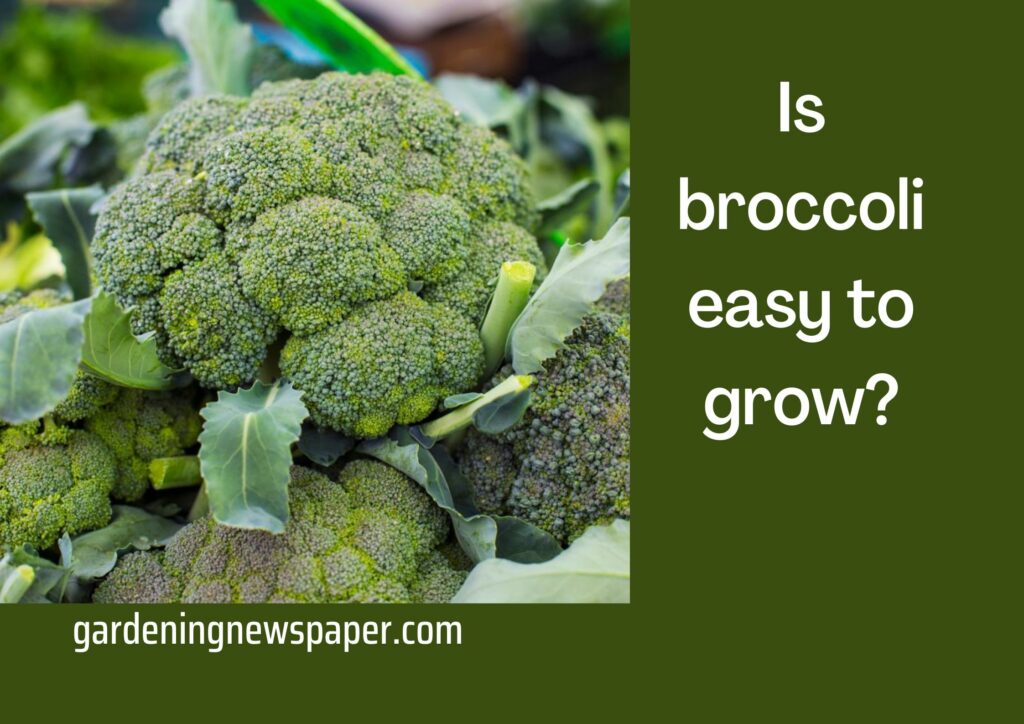
For a great fall harvest, this cool-season crop can also be planted in the middle of summer. Although the phrase “eat your vegetables” may bring back childhood memories of overcooked greens and mushy broccoli, fresh broccoli from your vegetable gardens is far better than that mushy stuff on your childhood plates. The many varieties of broccoli, ranging from purple to emerald and chartreuse, bring a variety of unique flavors to the dinner table.
This superfood is easy to grow and quick to prepare. Broccoli is cool-season, meaning it can be harvested long before other vegetables (and even after) their peak growing seasons. For more information and tips on how to grow broccoli at your home, read the following plant care tips.
Broccoli Characteristics
Broccoli belongs to the Brassicaceae family which also includes cabbage, Brussels sprouts, and cauliflower as well as kohlrabi. These are also called cole crops. Broccoli is a cool-season crop that originated in the Mediterranean. Because it has a long harvest time, and because it is cool season, seeds can be planted later than usual in spring or summer. This allows for a fall harvest after other vegetables have finished. You can plant it as a first crop in spring, before other vegetables.
Broccoli is a simple vegetable to grow, and it’s an excellent vegetable choice for beginners. A few dozen plants are enough to provide a family of four with enough broccoli for the entire season. It can germinate easily from seeds. Broccoli grows to 2 to 3 feet high with clusters of purple or green flower buds along its central stalk. The side branches grow longer and produce smaller clusters when the central clusters of broccoli are removed.
All varieties of broccoli are not created equal. The superfood broccoli has many nutrients. There are hybrids that combine sweeter, more tender varieties with heirloom plants. Not only does broccoli contain protein, vitamin K, vitamin C, iron, potassium, chromium, and folic acid, but it also has high concentrations of phytonutrients–especially glucosinolates, which are currently being studied for their role in cancer prevention.
Broccoli Varieties
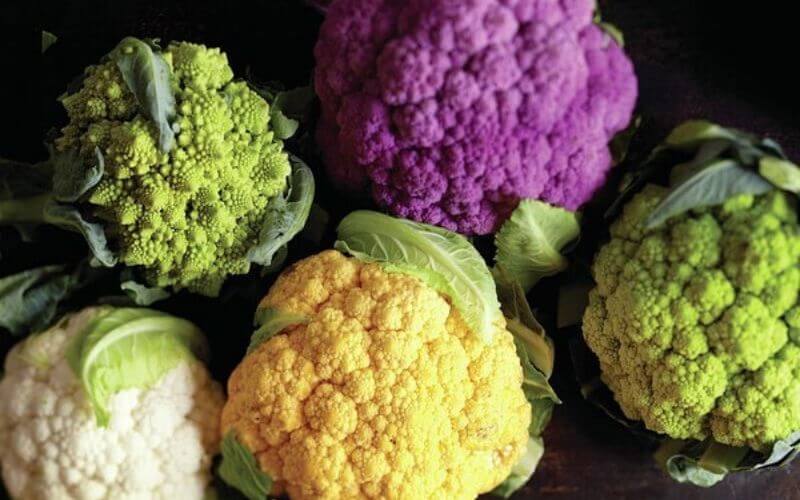
- Waltham 29 – A tried-and-true selection with 4- to 8.-inch heads in deep green.
- Imperial – Features dark-green heads that look similar to the broccoli you see in grocery stores. Harvest imperial broccoli in the summer or early autumn.
- De Cicco is an Italian heirloom broccoli that produces smaller heads. It can be harvested either in spring or autumn and has a long growth season.
- Bonarda is a cold-tolerant mini broccoli with tiny purple florets. It is ideal for summer planting and fall harvesting in colder climates. You can plant it in the fall for overwintering and early spring harvest in milder areas. It will not survive below 20 degrees Fahrenheit winters.
- Burgundy – This beautiful plant has purple flowers and a long stem. It can be grown in a garden or on a raised bed.
- Romanesco – Chartreuse with pointed heads, which look great in the yard and have a milder taste.
Broccoli Planting Broccoli
Does broccoli need full sun?
Broccoli prefers cool temperatures so for a spring harvest, plant broccoli seeds indoors. The seedlings will be ready to go in 4 to 6 weeks. To harden the plants, leave them outside for a few hours every day during the two to four weeks before the last frost. They can withstand light frost, but not freeze. You can plant seeds for a autumn vegetable crop along with kale, radishes and salad greens.
- Although seeds require temperatures between 75-80 degrees Fahrenheit in order to germinate, the plants of broccoli do not like heat. This will cause them to bolt and flowers too quickly, which could shorten or even ruin the harvest.
- Broccoli is a cool-season vegetable and should be planted either in the spring or mid-spring to harvest early summer crops, or late summer to harvest fall harvest. Broccoli can be planted in very mild climates for spring or winter crops.
- You can plant broccoli in a raised or vegetable bed that has well-drained soil and is enriched with compost. Broccoli flowers require 6-8 hours of sunlight to grow. To ensure that each broccoli plant can reach its full potential, spacing them roughly 2ft apart in rows of 3ft is a common gardening error .
How to plant broccoli?
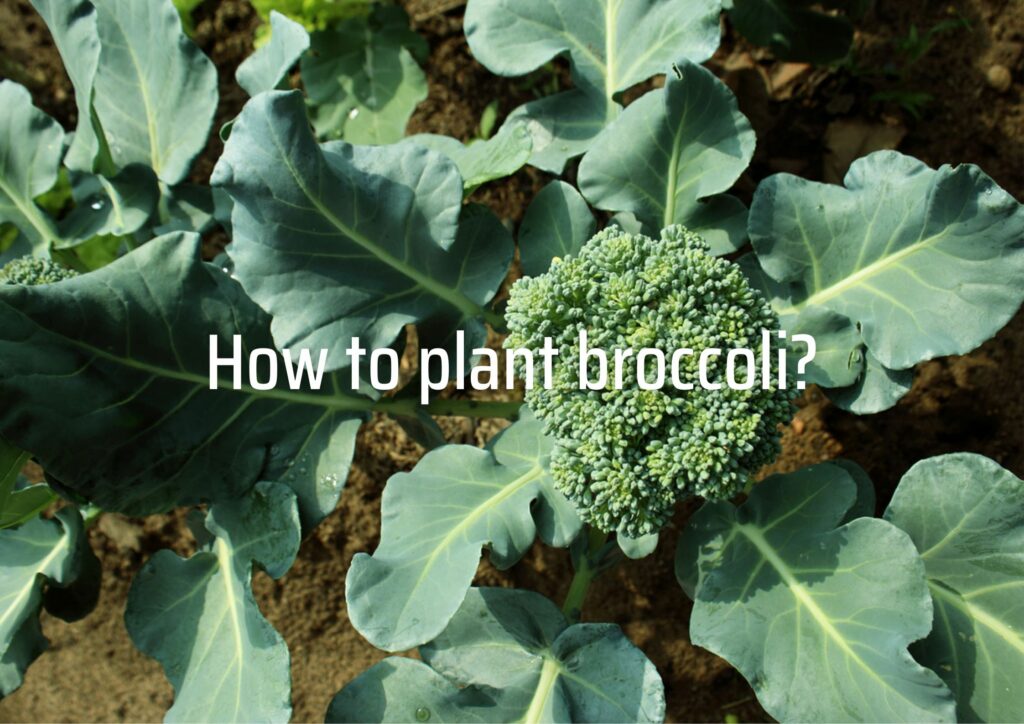
It is easy to plant broccoli. However, the climate and the time of the year will play a major role in whether you sow in the ground directly or indoors.
Spring planting for summer harvest:
- You can plant seeds indoors using a starting mix.
- Maintain them at 75 degrees Fahrenheit.
- After 4 to 6 weeks, plants are ready for planting.
- For 2 to 4 weeks, leave the broccoli seedlings to dry out before transplanting. This will take place for a few hours each morning.
- Place seedlings in rows 1 1/2 to 2 ft apart, with 3 ft between them.
- Plants can be harvested within 50 to 100 days depending on the variety of broccoli.
- For planting broccoli seeds directly into the ground, please refer to the seed packet. However, you should generally follow Step 5, to give the broccoli plants enough space to grow.
For a fall harvest, plant in the summer.
- In midsummer, plant seeds directly in the ground, following the directions on the packet. Space them 1 1/2 to 2 ft apart in rows with 3 ft between each row.
- Plant seeds in containers in the middle of summer and then transplant them to your garden 6 weeks later.
- Plants can be harvested within 50 to 100 days depending on which variety.
Is it possible to grow broccoli in containers?
Broccoli can be successfully grown in containers provided that they aren’t overplanted. Keep one plant per 5-gallon container. Keep the broccoli well-watered and fertilized. Containers can lose more nutrients and water faster. Broccoli plants need to be fed twice a year (before the heads develop). Broccoli plants in containers may require extra feeding to form heads.
Watering Broccoli – How often should broccoli be watered?
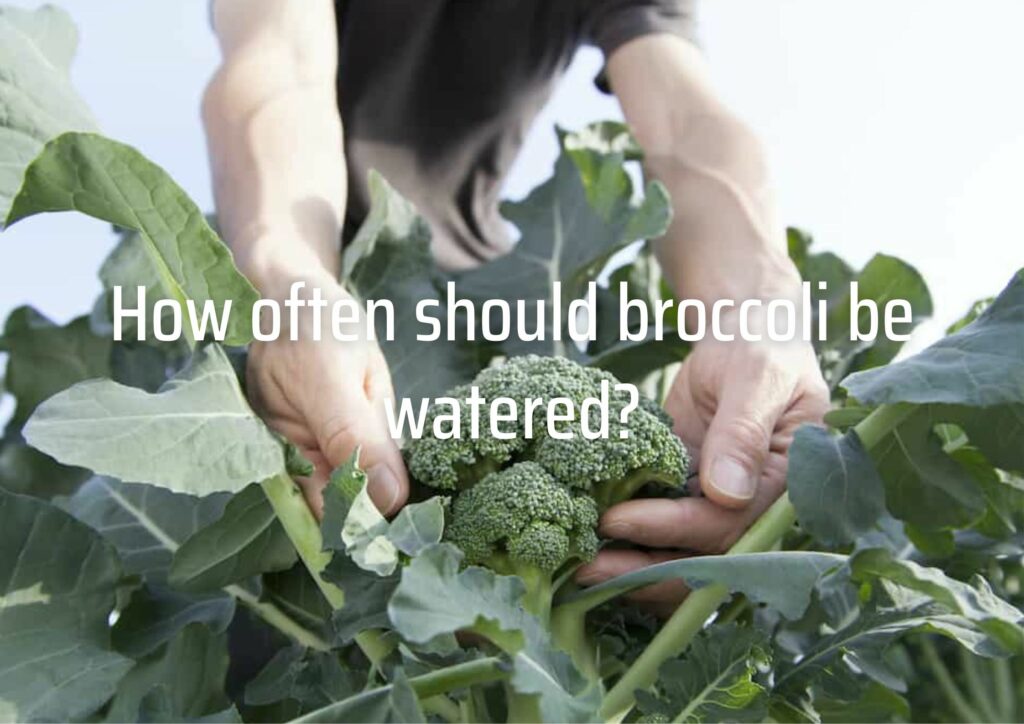
Regular, deep irrigation is essential to ensure that plants are happy all year. Broccoli thrives with either a drip irrigation method or a drip line placed at the base of plants. This crucifer loves moist soil. To prevent powdery mildew, don’t let the soil become too wet or saturated. Mulch at the base of your plants will keep weeds away and retain moisture.
Fertilizing Broccoli Plants
Broccoli should always be planted in compost-rich soil. It should also be fertilized twice during the growing season, until the heads form. You can use any balanced, all-purpose garden fertilizer. Too much nitrogen can cause the leaves to grow too quickly.
Pruning Broccoli
The best way to prune broccoli depends on what variety you have and whether you want one large or many smaller seed heads. There are several ways to encourage the growth of broccoli plants and keep pests under control.
- You can remove the central head as it forms very early in the growing season, usually about one month after transplanting or two months after seed so that it does not become too large.
- This encourages the growth of side shoots, multiple heads and a variety of other types of broccoli than just one central head.
- Another method for pruning broccoli is to wait until it has fully formed and harvest it. Then, you can let the side shoots grow into heads and extend the harvest season.
- To encourage the formation of a larger central head, you can also remove any side and lateral shoots that are still growing during the growing season.
- It’s also a good idea, especially for dense-growing varieties, to pinch the leaves manually to prevent pests.
Propagating Broccoli
- Broccoli can be grown indoors using a rich seed-starting mixture. It should be kept at 75 degrees Fahrenheit. It is important to keep the soil moist but not dry.
- After the seeds start to germinate (usually 5 to 7 days after being planted), move your broccoli seedlings outside to direct sunlight or to artificial light.
- For spring plantings, you can set small plants out for about 2 to 4 weeks. This will help plants grow stronger and prevent them from getting shocked when they are planted outside in cooler spring temperatures.
- For a summer harvest, seeds can be placed in the ground immediately after the last frost or in the fall for a fall harvest.
Harvesting Broccoli – What month do you harvest broccoli?
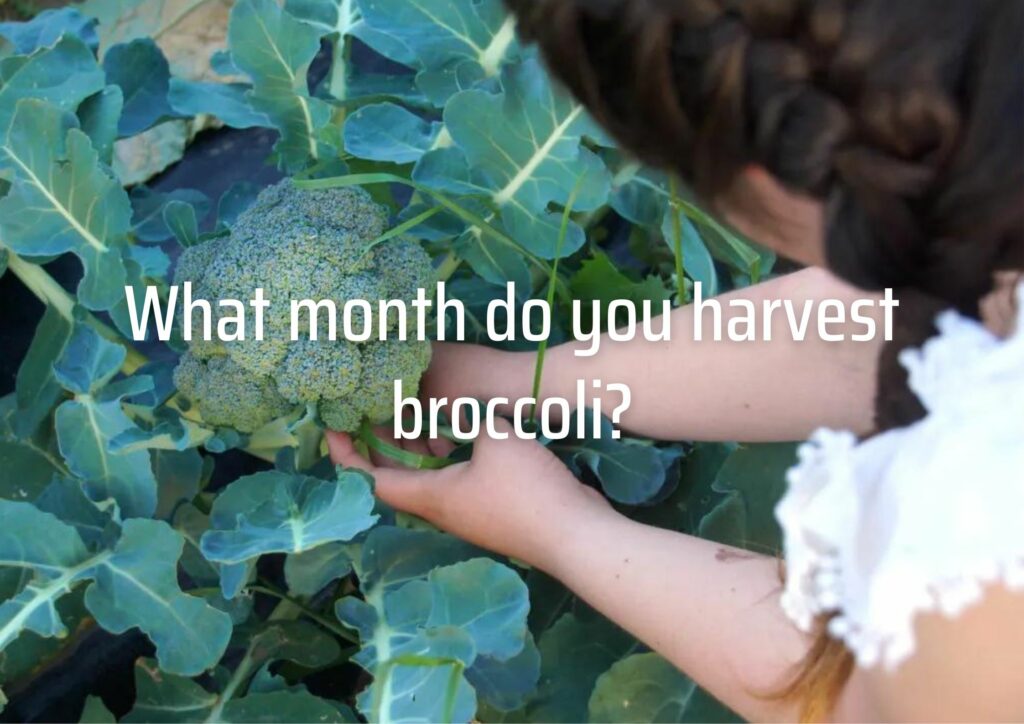
Broccoli plants can be harvested within 50 to 100 days of being planted (from seeds). However, the variety you choose will determine when it is best to pick your broccoli. A full-grown broccoli plant can still be harvested over a period of 1 to 3 months, as new side shoots can easily be encouraged to produce more heads.
When the broccoli buds are firm, deep green, and tightly packed together, it is an indicator of when to harvest them. Broccoli will bolt and flower in warm weather. Harvest broccoli immediately if it flowers or turns yellow. The side shoots will be likely smaller than the main head, so follow the same rules.
- If you want to maximize the flavor of your broccoli, pick it first thing in the morning to avoid it getting too warm.
- Use a pair of sharp, clean scissors or a kitchen knife.
- The main broccoli head should be cut to 4 to 5 inches below its head.
- Cut 1 to 3 inches below the side head for smaller heads. Leave 2 to 3 inches at the stem.
- To avoid injury to the plant, cut quickly and don’t saw.
- Don’t rinse your head before you are ready to eat.
Broccoli is safe for pets and humans as a food crop. Broccoli is safe for both cats and dogs, but large amounts can upset the stomachs of some dogs.
Potential Diseases and Pests
Aphids are a problem with broccoli, as well as other cabbage plants. Rotate the broccoli plants in your garden each year to prevent aphid infestation. Also, don’t plant other cole crops like cabbage, kale, or kohlrabi where they have been for less than 5 years.
Other problems with broccoli pests are cabbage worms and cabbage root maggots. Cutworms, ears, snails, and cutworms. Powdery mildew, and sometimes rot are diseases to be on the lookout for. It is important to give broccoli plants enough space to allow for adequate air circulation.
